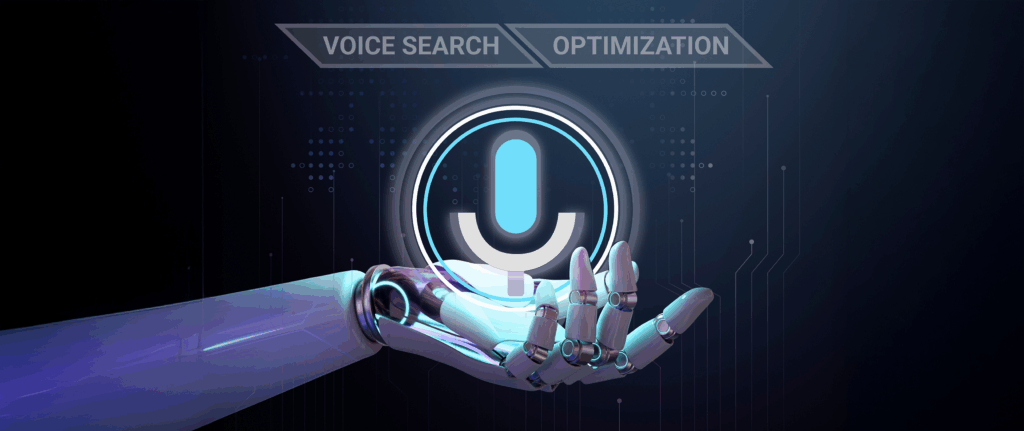
Artificial intelligence has come a long way – from basic automation to powerful language models. But the real revolution is happening now with Agentic AI: a new class of intelligent systems that can autonomously reason, plan, and act in pursuit of goals.
In this blog, we’ll break down what Agentic AI is, why it matters, and what makes it the most powerful AI architecture yet.
Table of Contents
What Is Agentic AI?
Agentic AI refers to intelligent software agents capable of setting goals, making decisions, and acting autonomously in dynamic environments—without the need for step-by-step human instruction.
These AI agents can:
- Interpret high-level objectives
- Break them down into tasks
- Decide on a course of action
- Execute and adapt in real time
In simple terms: Agentic AI thinks, acts, and learns independently—delivering proactive value rather than passively responding to commands.

Why Agentic AI Is a Paradigm Shift
Artificial Intelligence has evolved in waves:
- Traditional AI was built on rigid rules, statistical models, and pattern recognition—great for automation, but limited to narrow, pre-defined tasks.
- Generative AI brought creativity and contextual understanding, producing human-like text, images, and code from natural language prompts—but it still depends on static inputs and doesn’t take initiative.
Now, Agentic AI is redefining the entire model. It blends the best of previous AI generations—pattern recognition, generative capability, and contextual reasoning—with a new layer of autonomy and intentionality. These AI agents don’t just respond to prompts or follow workflows. They set goals, make decisions, and adapt their strategies dynamically—much like a human employee or collaborator would.
This shift is architectural.
Shift in Capabilities
1. From Reactive to Proactive
Traditional AI and chatbots wait for user input before acting. Agentic AI, by contrast, can anticipate needs, detect opportunities or risks, and take action—sometimes before a human even notices the problem.
🧠 Example: An AI sales agent notices a drop in pipeline velocity and automatically re-engages cold leads or recommends campaign changes—without waiting for a prompt.
2. From Static Rules to Dynamic Learning
Earlier AI systems were rule-based—requiring constant tuning, training, and human oversight. Agentic AI evolves through feedback loops, reinforcement learning, and real-time environmental cues, continuously improving its own performance.
🔁 Example: A customer support agent learns that certain ticket types lead to high churn. It starts escalating those tickets faster and suggesting new macros to human reps.
3. From Task Automation to Strategic Autonomy
Automation solves isolated tasks. Agentic AI tackles complex, multi-step goals that require reasoning, prioritization, and cross-functional coordination.
🎯 Example: In e-commerce, instead of just recommending a product, an agent can run a sequence of actions: detect cart abandonment, tailor follow-up offers, test different discount levels, and adapt based on conversion success—all autonomously.

Core Capabilities of Agentic AI
1. 🛰 Autonomy
Autonomy is the defining trait of Agentic AI. These agents can initiate actions, orchestrate processes, and make decisions independently—without waiting for step-by-step instructions or constant human intervention.
Rather than being reactive, autonomous agents observe the environment, recognize triggers, and take meaningful actions—all on their own.
Example in Fintech:
An agent monitoring financial transactions identifies a suspicious pattern indicative of potential fraud. Instead of just flagging it, the agent pauses the transaction, initiates a real-time compliance review, and notifies relevant teams—all autonomously.
2. 🧠 Reasoning
Reasoning gives agents the ability to analyze data, weigh alternatives, and make logic-driven decisions – even in ambiguous or dynamic environments.
Agents aren’t just rule-followers—they’re decision-makers. They can process unstructured inputs, understand context, and take the most appropriate next step based on situational logic and learned patterns.
Example in E-commerce:
An AI agent reviews a shopper’s recent behavior: abandoned cart, high browsing time, and frequent returns. It decides whether to offer a discount, recommend an alternative product, or trigger a loyalty email—based not on a script, but on intelligent evaluation of buyer intent.
3. 🎯 Goal-Setting and Planning
Agentic AI doesn’t just execute tasks—it can set goals, break them down into subtasks, choose how to proceed, and dynamically re-plan based on progress.
Agents understand objectives, create strategies to achieve them, and adapt those strategies over time. This makes them capable of managing multi-step processes and aligning with broader business outcomes.
Example in Customer Service:
An AI agent receives an overarching goal: “Reduce response time for high-priority tickets.” It analyzes ticket flow, identifies bottlenecks, reorganizes queues, and prioritizes escalations—while adjusting tactics as volume shifts or issues evolve.
4. 🔄 Learning and Adaptation
Through continuous exposure to new data and feedback, Agentic AI can learn from experience, refine its models, and improve performance over time.
These agents develop memory and evolve behavior. They analyze outcomes, learn what works (and what doesn’t), and apply those learnings the next time—without requiring reprogramming.
Example in Retail Planning:
An inventory optimization agent tracks real-time sales, seasonal fluctuations, and local trends. Over time, it learns that certain items sell better during specific events or weather patterns—and adjusts stocking and pricing strategies accordingly.

Conclusion
Agentic AI isn’t just the next step in automation — it’s a shift in how work gets done.
These systems don’t wait for instructions. They make decisions, take action, and improve with every cycle. That means less micromanagement, faster execution, and smarter results.
If your business runs on speed, scale, or complexity — that’s the future of staying competitive.
Want to use AI in your business?
If you’re curious how Agentic AI could work in your business — whether that’s improving support, spotting risks early, or making operations more efficient — we’d be glad to walk you through it.










